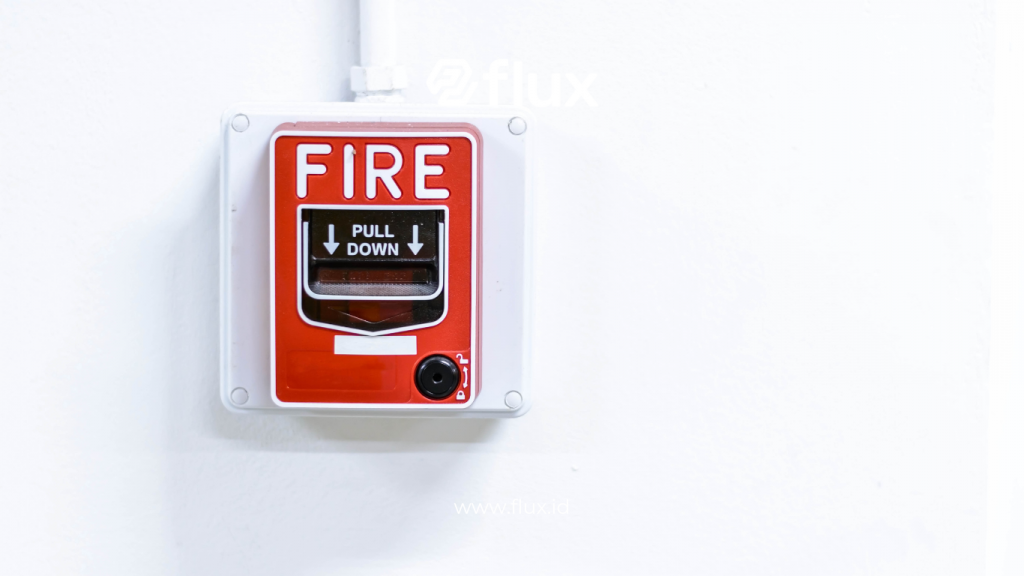Don't miss our holiday offer - 20% OFF!
In the digital age and rapid urbanization, public safety has become a top priority, especially in smart cities. Fire and gas sensors play a crucial role in enhancing community protection against potential disasters. These technologies not only detect fires and gas leaks but also enable faster and more effective responses. This article will explore the various technologies behind fire and gas sensors, how they work, and their benefits in the context of smart cities.
Contents
1. What Are Fire and Gas Sensors?

Read More: Technology Behind Fire and Gas Sensors: Enhancing Protection and Response in Smart Cities
Fire and gas sensors are devices designed to detect the presence of fire, smoke, or hazardous gases. These sensors can be used in various environments, including office buildings, factories, and residential homes. With technological advancements, these sensors can now be integrated with smart city management systems to improve efficiency and accountability.
1.1 Types of Fire Sensors
- Smoke Sensors: Utilize optical or ionization detection methods to identify smoke from a fire.
- Heat Sensors: Detect significant temperature changes as an indication of fire.
- Flame Sensors: Use infrared technology to detect the light emitted by flames.
1.2 Types of Gas Sensors
- CO (Carbon Monoxide) Sensors: Detect toxic gas produced from incomplete combustion.
- CH4 (Methane) Sensors: Detect natural gas leaks that can lead to explosions.
- LPG (Liquefied Petroleum Gas) Sensors: Identify leaks of LPG commonly used in households.
2. How Fire and Gas Sensors Work
Fire and gas sensors operate based on physical or chemical detection principles. When a sensor detects smoke, high temperatures, or hazardous gases, it sends a signal to a central system. Here’s how they work:
2.1 Smoke Detection
- Optical Technology: The sensor uses light that is obstructed by smoke particles, indicating a fire.
- Ionization Technology: Employs radioactive particles to detect changes in ion flow when smoke enters.
2.2 Gas Detection
- Electrochemical Sensors: Use chemical reactions to detect the concentration of hazardous gases in the air.
- Semiconductor Sensors: Utilize changes in resistance to identify the presence of specific gases.
3. Integration with Smart City Systems

Read More: Optimizing Smart Homes with Motion Sensor (PIR): Technology, Function, and Benefits
With the development of smart city concepts, fire and gas sensors can connect with various city management systems. This creates an interconnected network and enables real-time data collection.
3.1 Building Management Systems
Sensors can be integrated with Building Management Systems (BMS) to automate fire control measures, such as activating sprinkler systems or shutting down ventilation.
3.2 Emergency Response
Data from sensors can be linked to fire departments and emergency services. This allows response teams to receive more accurate and prompt information regarding the location and type of hazards.
4. Benefits of Fire and Gas Sensor Technology
The use of fire and gas sensors in the context of smart cities offers several advantages, including:
4.1 Enhanced Safety
Sensors help detect threats earlier, providing occupants more time to evacuate and minimizing damage.
4.2 Operational Efficiency
Integrating sensors with other systems allows for automation and better management, reducing response times and improving efficiency.
4.3 Cost Reduction
Early detection can minimize costs associated with firefighting and property damage.
5. Challenges in Implementation

Read More: How Fire and Gas Sensors Work: Ensuring Smart City Safety with Advanced Technology
Despite their many benefits, the implementation of fire and gas sensors in smart cities faces several challenges.
5.1 Installation Costs
The initial costs for installation and system integration can be a barrier for some cities, especially those with limited budgets.
5.2 Technology Reliability
Sensors must always be in optimal condition and require regular maintenance to function effectively.
5.3 Data Privacy and Security
Integration with digital systems increases the risk of data breaches and privacy concerns, necessitating strong protective measures.
6. Case Studies: Implementation in Smart Cities
Several smart cities around the world have successfully implemented fire and gas sensor technology. For example:
6.1 Amsterdam
Amsterdam has integrated fire and gas sensors into their city management system. With real-time monitoring, the city has successfully reduced response times to fire incidents and enhanced public safety.
6.2 Singapore
Singapore has implemented advanced sensor technology in various commercial and residential buildings. Connected sensors allow for 24/7 monitoring and provide useful data for better urban planning.
7. The Future of Fire and Gas Sensors
With technological advancements, fire and gas sensors are expected to become even smarter. The use of AI and machine learning will enable these sensors to learn from collected data and improve accuracy in detecting potential hazards.
7.1 Smarter Sensors
The development of sensors capable of distinguishing between real fires and other smoke sources will reduce false alarms and enhance reliability.
7.2 IoT Integration
The Internet of Things (IoT) will allow sensors to connect with other devices, expanding the network for more effective and broader responses.
Conclusion
Fire and gas sensor technology is a key component in enhancing protection and response in smart cities. By detecting threats early and integrating data with city management systems, these sensors not only safeguard lives but also protect assets. Despite challenges in implementation, the benefits offered far outweigh the downsides, making this technology essential for public safety in the digital age. Looking ahead, continuous innovation and integration will ensure that fire and gas sensors can provide even better protection in the future.



